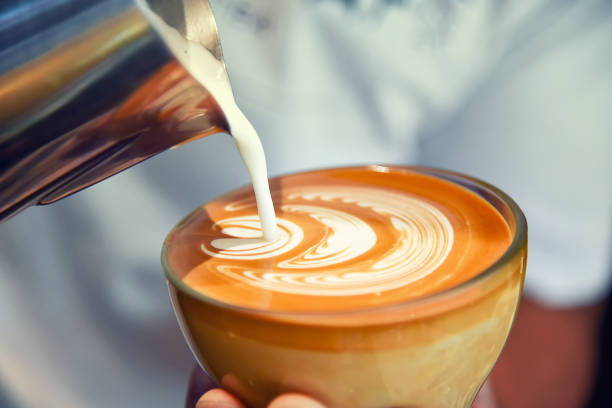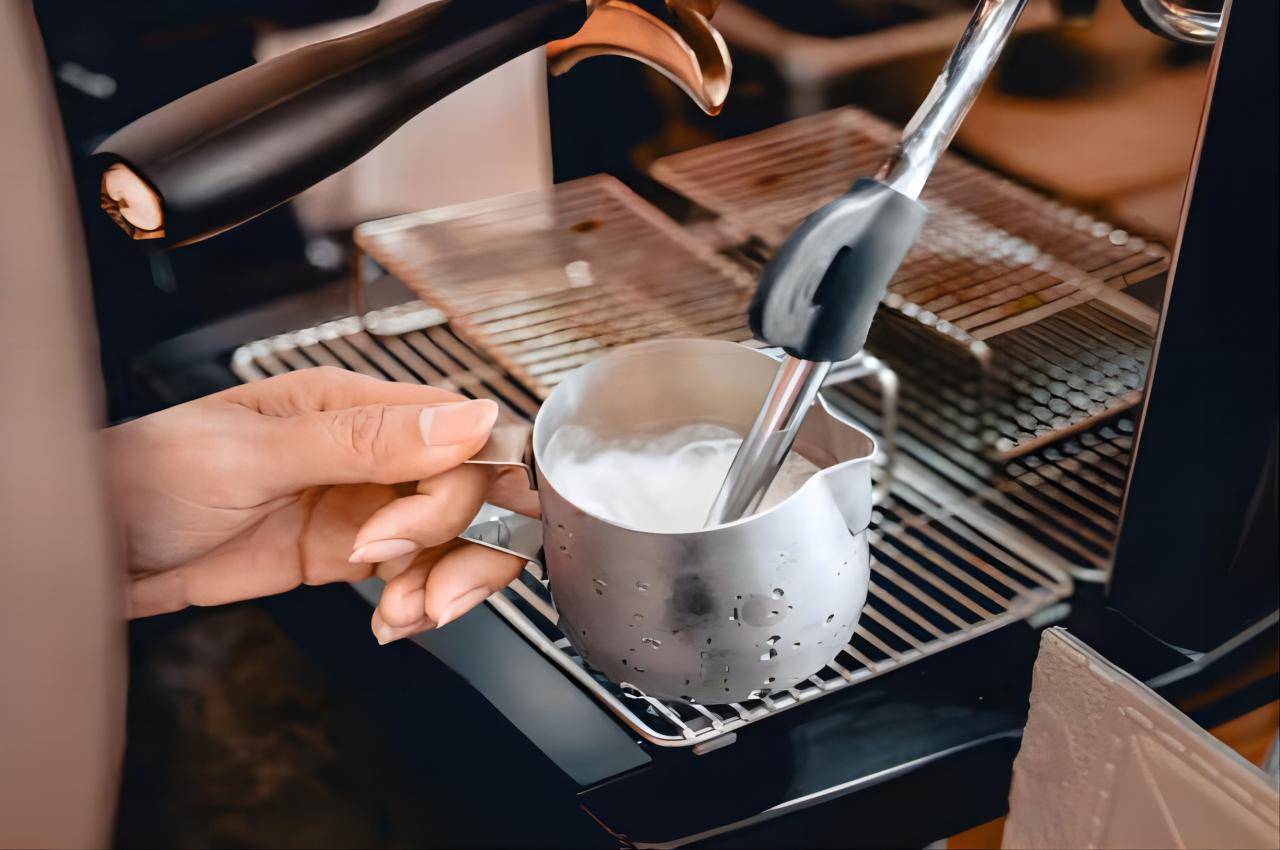Espresso, Caffeine, and Love: A Valentine’s Day Brew for the Curious
Valentine’s Day—a celebration of love, connection, and the subtle art of sharing moments—often finds its rhythm in the clink of coffee cups. Amid candlelit dinners and heart-shaped chocolates, espresso emerges as a quiet protagonist: a concentrated shot of warmth that fuels conversations and kindles intimacy.
Yet, as more couples opt for coffee dates over traditional dinners, a practical question lingers: How much caffeine is actually in that shot of espresso? Beyond its romantic allure, understanding espresso’s caffeine content reveals a blend of science, culture, and personal preference—a narrative worth savoring.
Subscribe
To join our mailing list and never miss event update!
Espresso: The Symbol of Concentrated Affection

Caffeine in Espresso: Debunking the Myth
Factors Influencing Caffeine Content

Why Caffeine Matters on Valentine’s Day
Espresso and the Art of Balance

Final Words
Espresso’s caffeine content, much like love, defies simplistic measurement. It’s shaped by context, intention, and the delicate balance between stimulation and serenity. This Valentine’s Day, whether you’re sharing a macchiato or brewing a solo shot, let espresso remind you that the strongest connections often lie in subtlety—a fleeting yet profound exchange, much like the 25 seconds it takes to extract perfection.
Subscribe
To join our mailing list and never miss a baby update!

